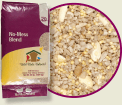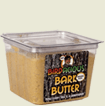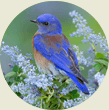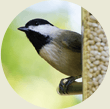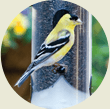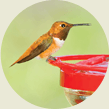Right now birds are hiding food to retrieve and eat at a later time. This behavior is called “caching” and it helps birds survive during bad weather and when food sources are low. September to December is peak caching time with up to 200 feeder visits per bird per day. You can help by keeping your feeders filled with a reliable source of food high in protein and fat. By offering blends with sunflower seeds, chips, peanuts, tree nuts you can helps birds reduce stress and maintain a healthy body condition in the coming harsh weather.
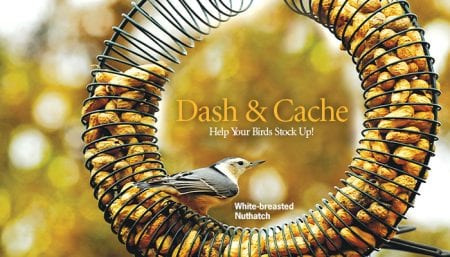
Feeder birds have different caching behaviors and food preferences:
- Chickadees have excellent coping tactics for surviving harsh winter weather. They cache foods and remember where they are hidden, have dense winter coats, diligently find excellent, well insulated roosting cavities and can perform a regulated hypothermia to conserve energy overnight.
- Nuthatches prefer heavier sunflower seeds over the lighter ones. Be sure to have some sunflower chips in your blend, too, as they like these 25% more than ones in the shell.
- Jays love to cache peanuts; especially peanuts in the shell. These mimic acorns and pine nuts.
- Titmice are rather particular. They choose the largest sunflower seeds available to eat and cache.
Have you notice any birds caching food in your yard? If you would like to learn more about caching, head to your local WBU store.

